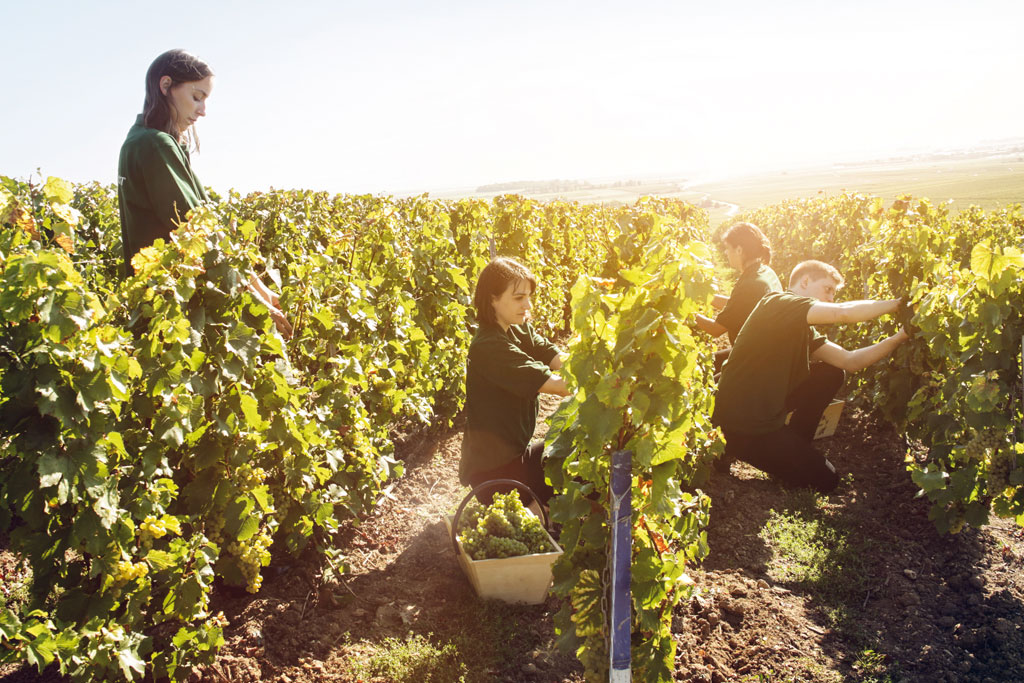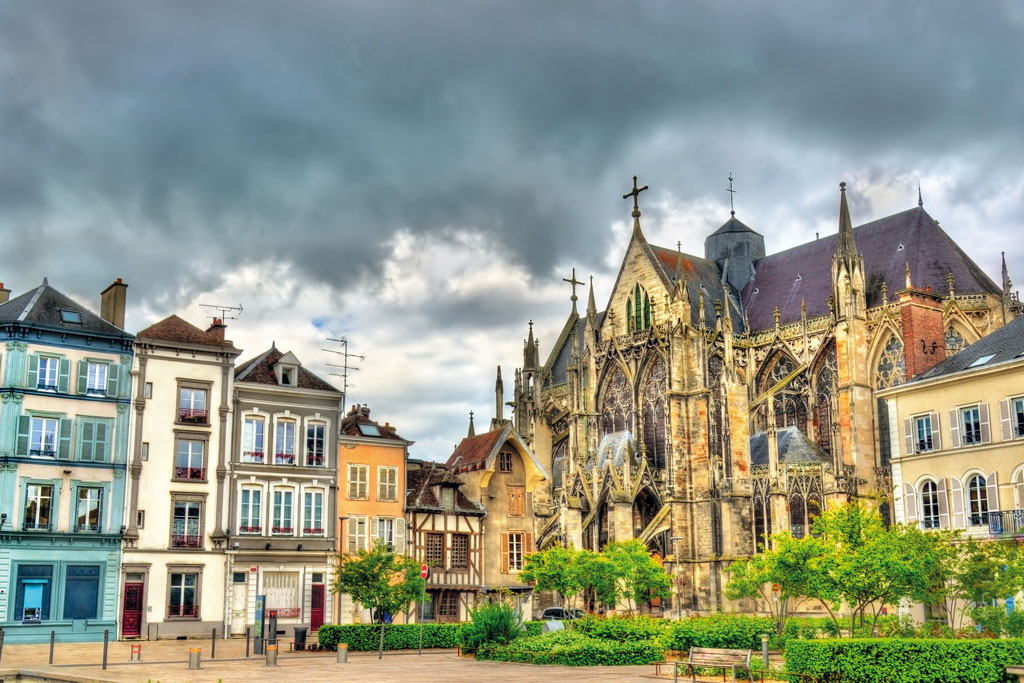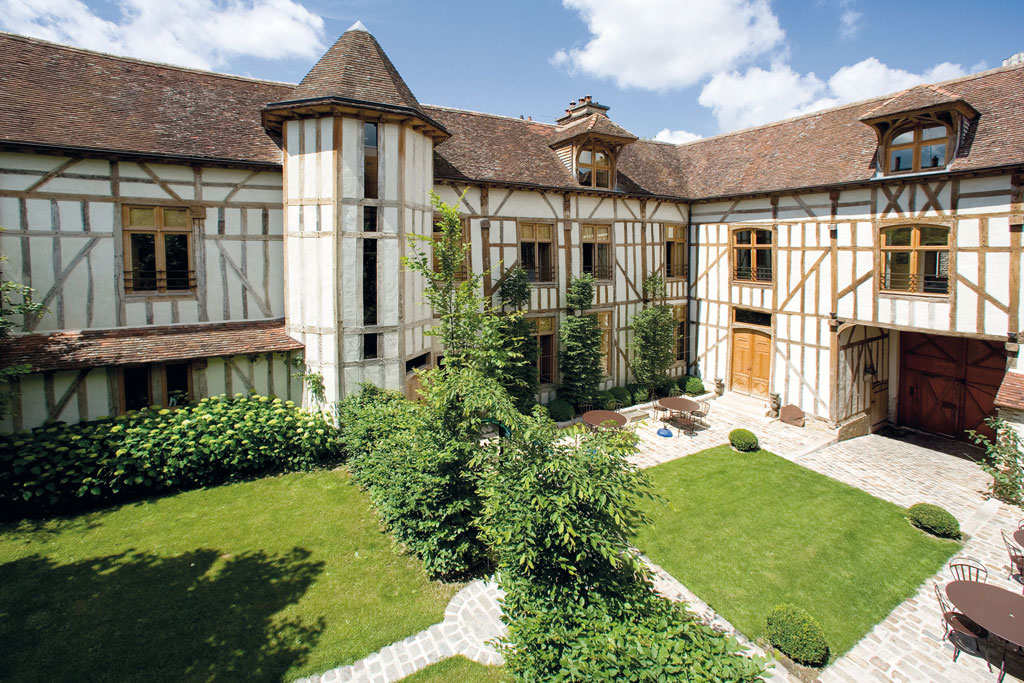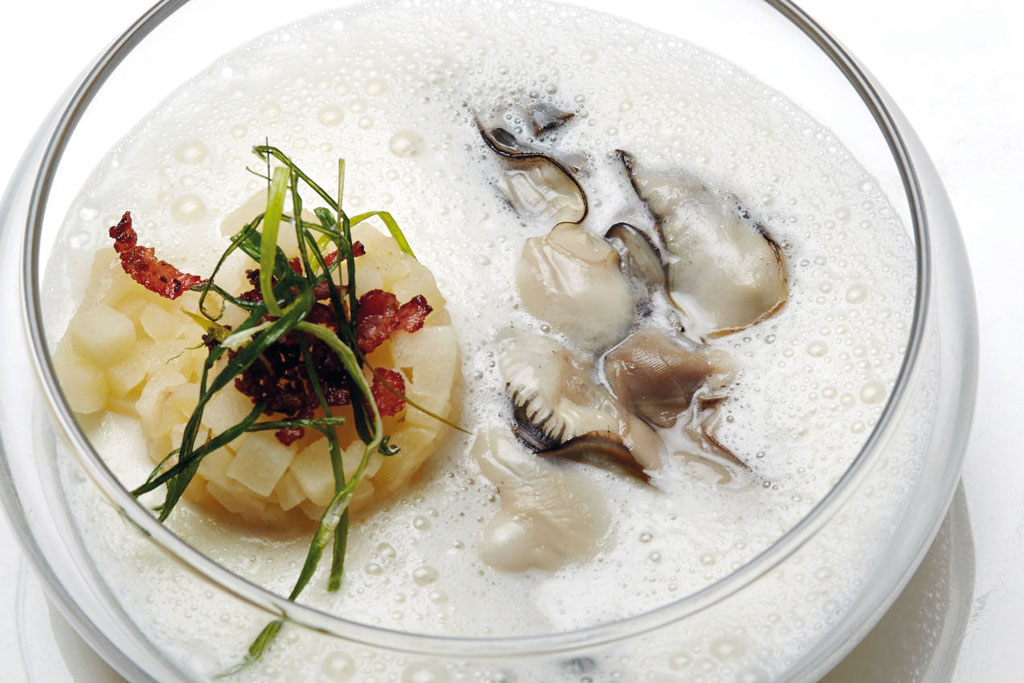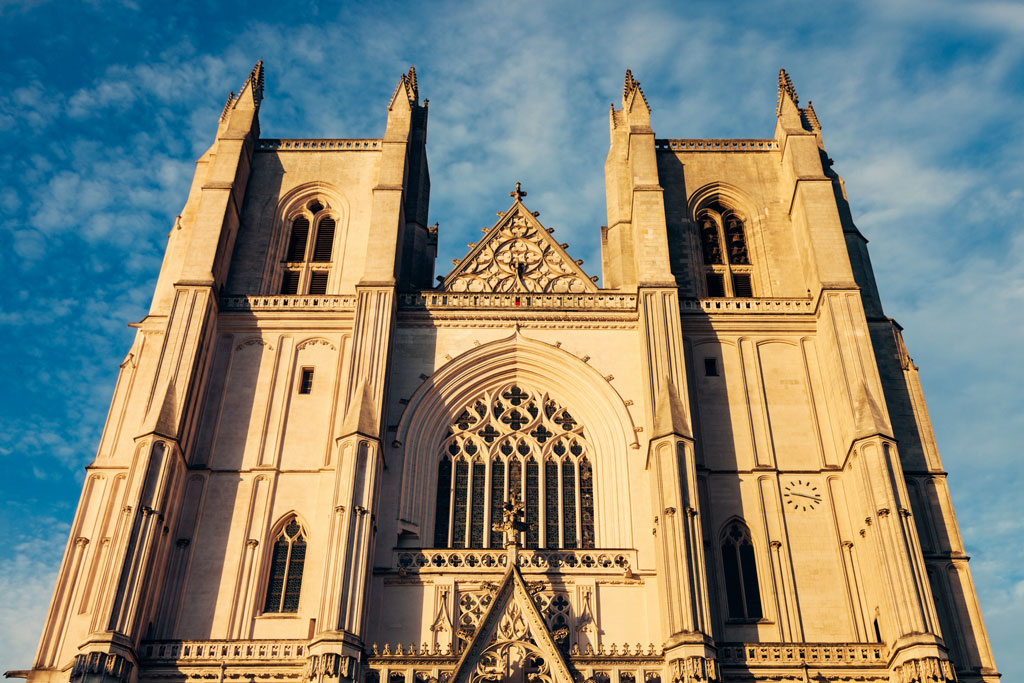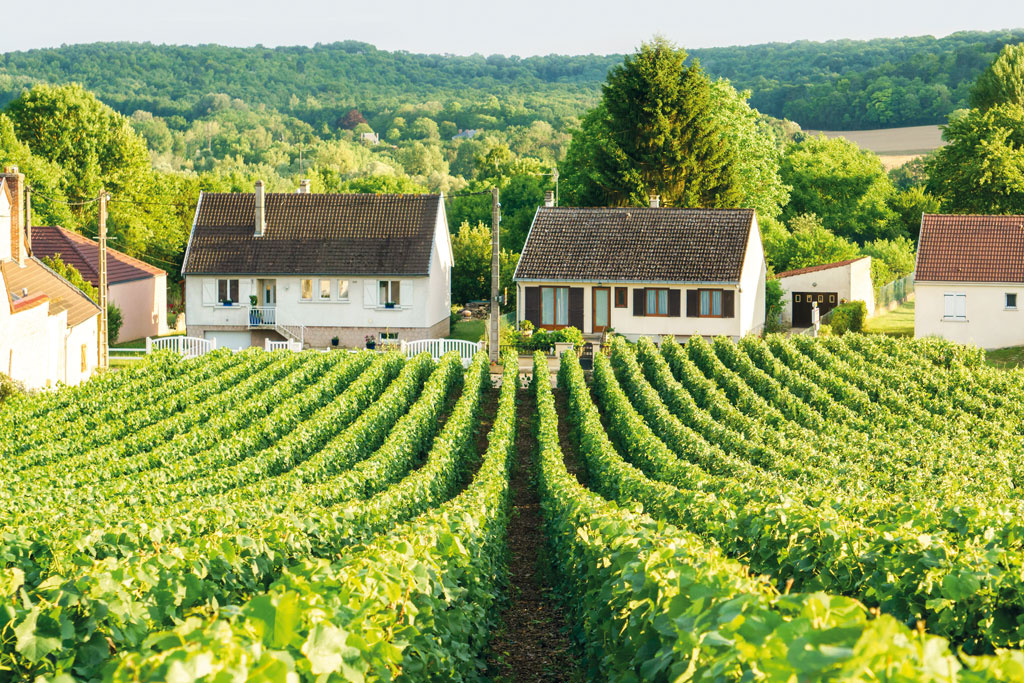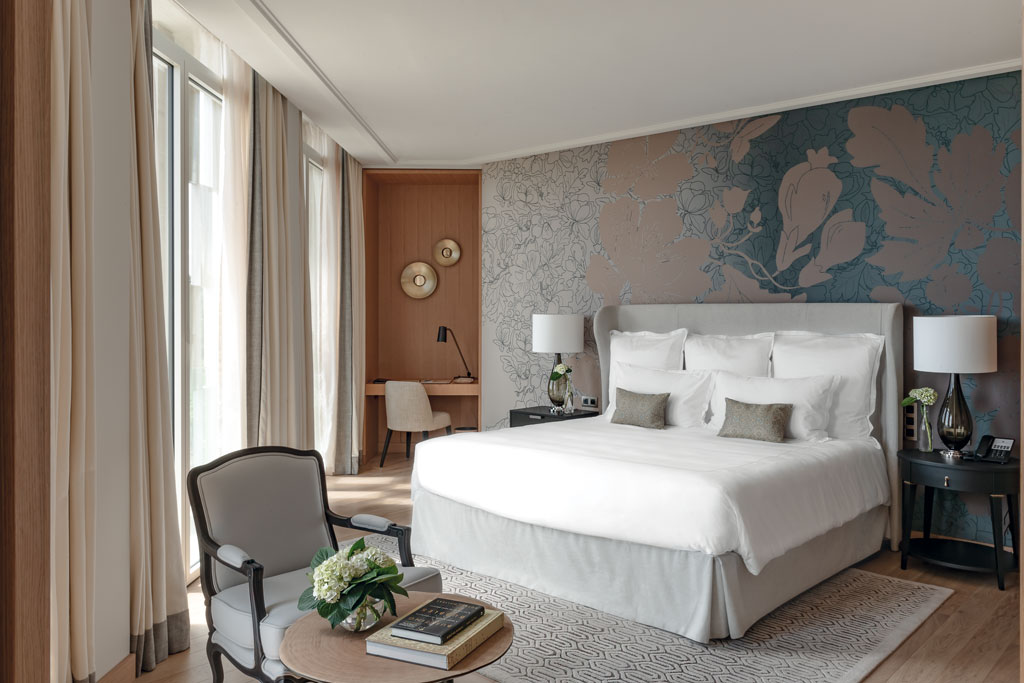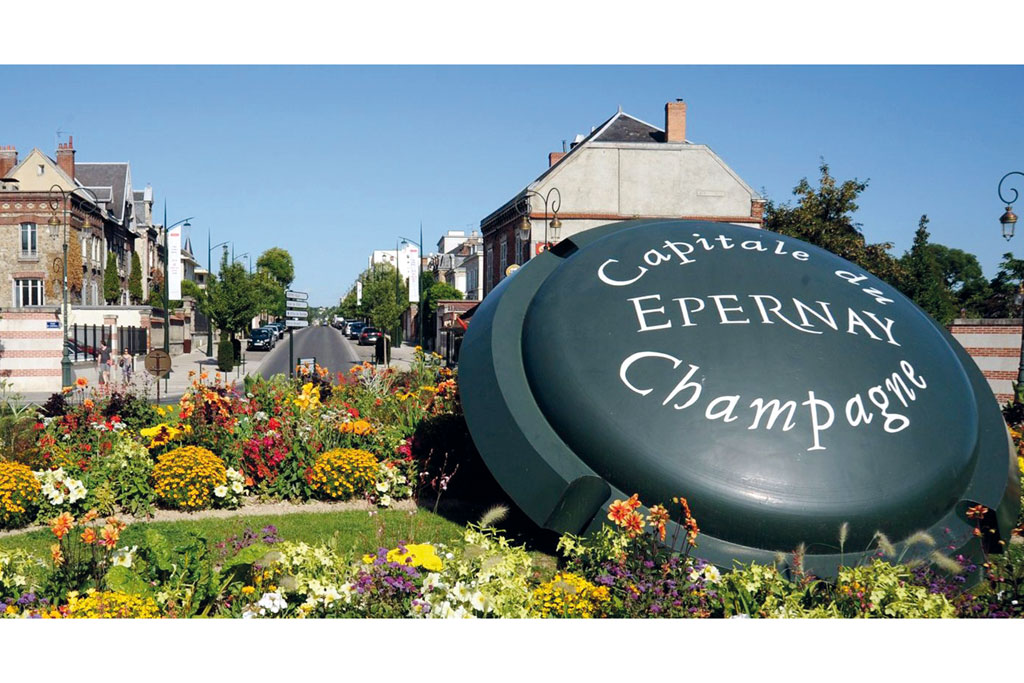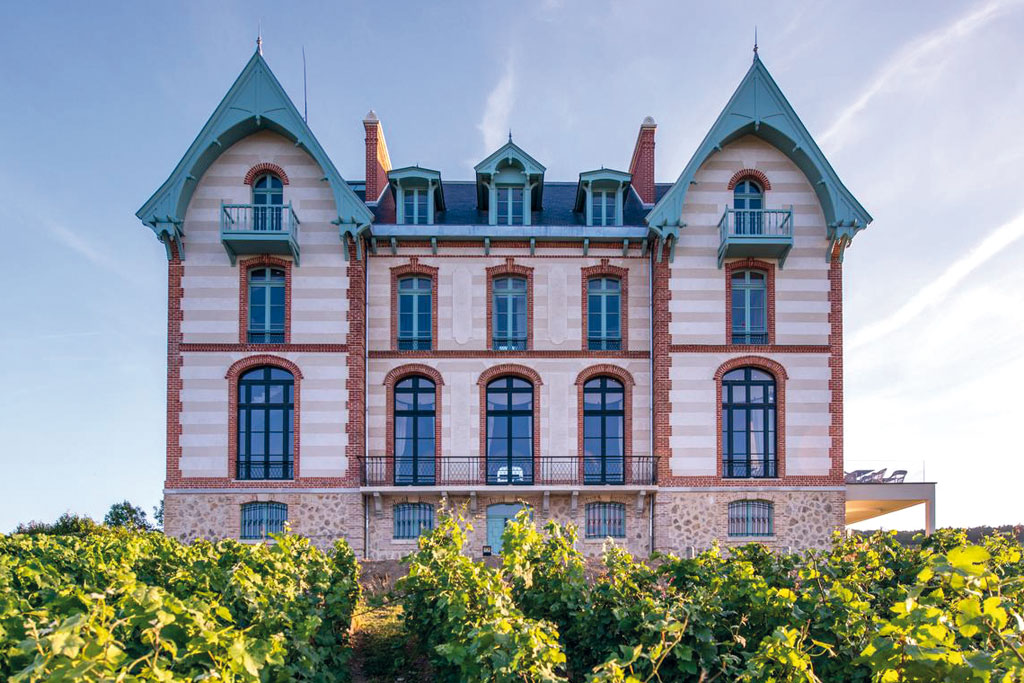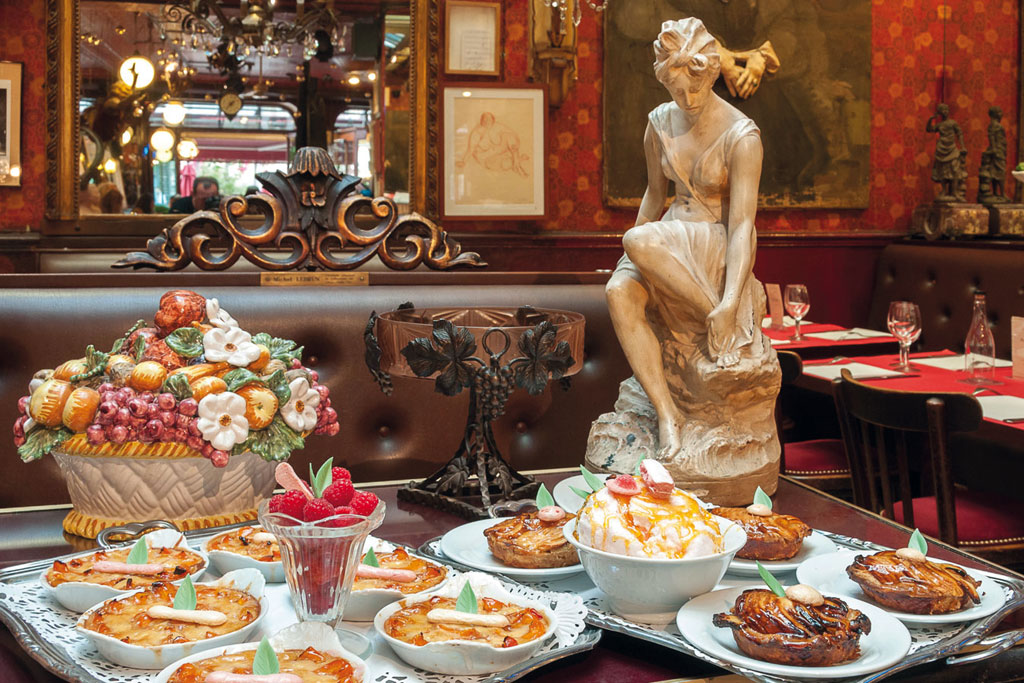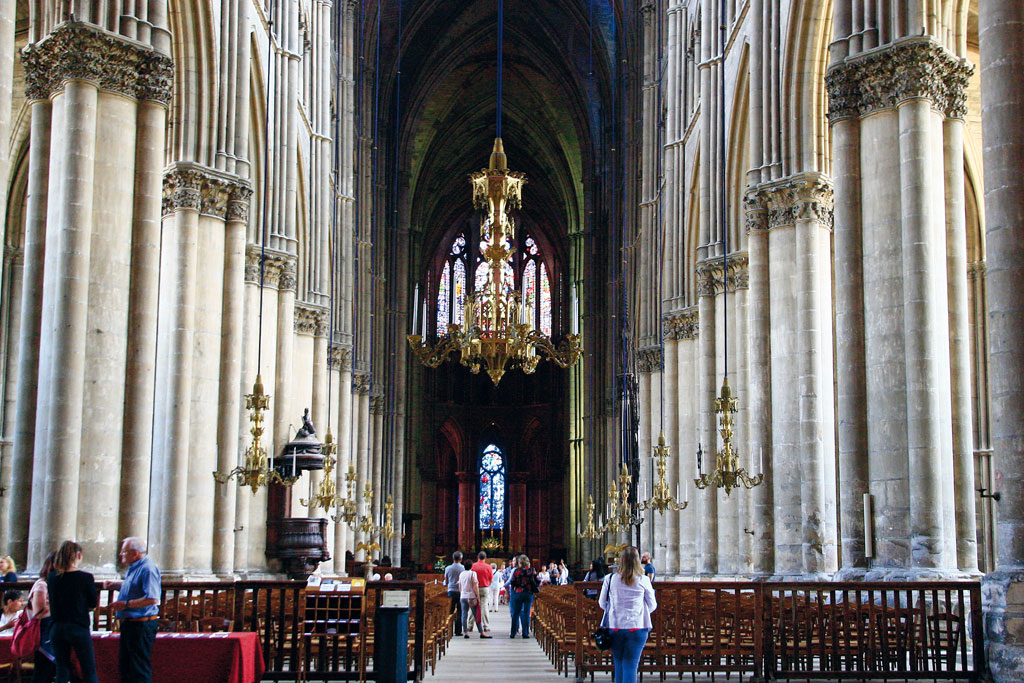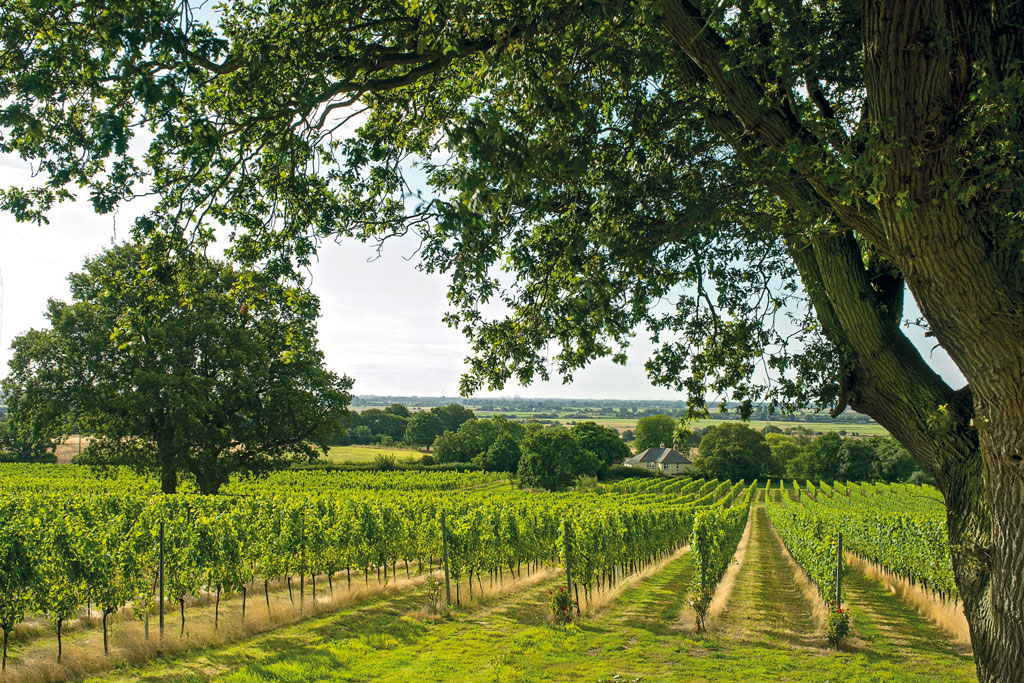The Enigmatic World Of Champagne, France
Let's get fizzical
This post may contain affiliate links. Learn more
The enigmatic world of Champagne can be intimidating at best for fizz novices, but Rosalyn Wikeley‘s whistlestop tour of the region will soon have you quaffing with confidence…
As the grapes are being harvested in the vineyards northeast of Paris, now’s the time to take a trip to Champagne country to indulge in – and bone up on – the golden elixir that seduces quite like no other drink. Champagne is epicurean by nature, so when getting to grips with the almost feudal relationship between the growers and Champagne houses and the alchemy involved in the blending process, remember you’re also here for your own taste buds. Make the most of the experts and come away from your weekend knowing what proportion of the three grapes comprise the Champagnes you have knocked back in rapture.
Champagne School
Before setting off, it’s worth recapping on the process and divisions that make up this ancient and complex mosaic. Three basic grapes are blended to make Champagne: Chardonnay, Pinot Noir and Pinot Meunier (or just one or two of these varieties can be used), all must be grown in the Champagne region to merit the name. Legally defined viticultural boundaries split Champagne into five wine producing areas: the Vallée de la Marne and the Côte des Bar (which contain around two-thirds of wine producers), the Côte des Blancs, the Côte de Sézanne and the Montagne de Reims. These districts produce grapes of varied characteristics that are blended by around 300 Champagne houses to create distinct house styles.
There are roughly 15,800 growes throughout the region and around 5,000 of them make their own wine (known as grower Champagne), while the rest supply grapes to the big houses and to the region’s co-operatives (which in Champagne means ‘excellent’). The towns of Reims and Épernay serve as the commercial heart of the Champagne region and are where the grand, prestigious houses are located.
Better With Age
Champagne warrants its ‘vintage’ label when 100 per cent of the grapes have come from the same vintage year, while ‘non-vintage’ is a blend of different vintages. Vintage Champagne must spend at least three years ageing and non-vintage a minimum of 15 months. In 2015, parts of the Champagne region (along with its cellars and houses) were placed on the UNESCO World Heritage list.
While many assume this cumulative bubble-run promises financial ruin, the irony is that Champagne is the local brew and in most restaurants, a non-vintage bottle is no more than €15. Bonne santé!
Start The Journey In Troyes
Sixteenth-century Troyes repeatedly crops up as one of France’s most quaint, romantic towns with its winding cobbled streets, persevered medieval houses and Gothic cathedral. This is the best place to set off on a Champagne adventure, wiggling up to Épernay via some lesser-known Champagne growers.
Stay
Hotel la Maison de Rhodes, a charming 12th-century half-timbered hotel set among the gothic churches and narrow streets of Troyes.
Eat
Le Valentino, set in the cobbled courtyard of a rose-hued, 17th-century building puts fish (including fresh lobster) at the heart of the menu.
Visit
Troyes’ Modern Art Museum, housed in a 16th to 18th-century bishop’s palace, and the marvel at the Gothic architecture of the cathedral of St Peter and St Paul.
Taste At…
Pierre and Sophie Larmandier are famed growers in the premier cru (the second highest rating in the Champagne region; the first being grand cru) village of Vertus, just over an hour’s drive north of Troyes. Be inspired by their meticulous attention to detail in every aspect of the winemaking process (and load up on a few bottles while you’re there).
Situated in the heart of the Côte des Blanc, in the rural village of le Mesnil-sur-Oger is Champagne grower, Rolphe Péters’ estate that has been in the family for six generations producing Grand Cru Blanc de Blancs Champagne since 1919. His Champagnes are characterised by a fine acidity and potent chalkiness that typifies the Côte des Blancs wine.
Then Move on to Épernay
Épernay is widely acknowledged as the capital of the Champagne-making region with grand Champagne houses such as Moët et Chandon and Perrier-Jouët lining the rather splendid Avenue de Champagne. Underneath, like a subterranean city, lie mile after mile of cool cellars carved from the chalky ground.
Stay
The Royal Champagne Hotel & Spa, plonked in the middle of the vineyards enveloping Épernay, has just reopened after a four year revamp. With an in-house concierge team ensuring access to the most exclusive champagne houses and a world-class spa, it’s a game-changer.
Eat
La Cave à Champagne is lauded by the locals for its humble champenoise cuisine best paired with competitively priced regional Champagnes and wines.
Visit
C Comme Champagne de Propriétaires is a small bar-cum-restaurant specialising in smaller producers from the region where you can try excellent Champagne at competitive prices.
Great British & Irish Hotels Guide 2018/19
Taste At…
Boasting the largest cellars in the region (just over 17 miles), Moët et Chandon is the world’s biggest Champagne brand with an impressive heritage. Established in 1743 by Claude Moët, the links between the Moët family and Napoleon, the various kings and emperors throughout history and the part they played in the World War One resistance, are staggering. The ultimate exclusive invitation from Moët: fine dining in The Trianon where Louis XIV entertained guests in the 18th-century gold guilt dining rooms (Beyoncé was a recent guest).
Churchill’s favourite tipple and Champagne of choice for the Duke and Duchess of Sussex’s wedding reception at Windsor Castle, Pol Roger is a Champagne house woven into both British and French history. Tasting and tours are fairly exclusive and require ringing or emailing in advance. The Brut Rosé 2009 is dangerously good.
The Best Champagne Bars in London
Jacques Selosse (Hôtel Les Avisés)
The success of Jacques Selosse Champagne derives from a simple concept: that good quality Champagne starts with great fruit. A charismatic figure in the wine world, Anselme Selosse’s belief in organic viticulture, low yields and ‘terroir’ may now be in vogue but was radical back when he took over his father’s domain.
You’ll need to tap into your connections or friendly hotel staff to nab an invitation to the charming Perrier-Jouët Belle Epoque Maison. Recently renovated, the maison hosts the largest private art nouveau collection in Europe. The story behind the house is almost as romantic as its floral bottles, with Pierre Nicolas Marie Perrier and his wife, Rose Adelaïde (Adéle) Jouët setting up the Champagne house in 1811.
Finally, Head To Reims
Reims’ and Champagne’s association with the French monarchy dates back to 496AD when King Clovis (‘the first king of France’) was baptised at Reims Cathedral and wine produced in the Champagne region was used to celebrate. Over 250 kilometres of Champagne cellars lie beneath the town, dug out by the Romans who used the chalk to build the city. Only a select few of the grand Champagne houses can boast these ‘crayeurs’.
Stay
Château de Sacy, a divine 1850 château typical of Napoleon III architecture, is set on a hillside overlooking the vineyards.
Eat
Le Café du Palais, owned by the same family for several decades, is a well-known bohemian haunt with an exceptionally priced Champagne list best enjoyed on the outdoor terrace.
Visit
Notre-Dame de Reims Cathedral and go straight to the two stained windows which neatly summarise the history of Champagne and wine-making. The Palace of Tau is where all the kings of France were crowned and held their huge banquets.
Taste At…
Pommery
By far the most stunning Champagne house in Reims, Pommery’s art nouveau maison is well worth a tour with its imposing entrance hall and Gallo-Roman caves below, storing between 23 and 25 million bottles. The Pommery family (it is now owned by Vranken) were closely linked to the art world and every year, the cellars still host different exhibitions.
Founded in 1734 and now overseen by the innovative yet meticulous Pierre-Emmanuel Taittinger and his children, Vlovis and Vitalie, the Champagnes of the prestigious house of Taittinger are often defined as elegant. The legendary Comtes de Champagne is considered one of the world’s finest blanc de blancs.
Ruinart has a rich history that links to the monarchy, with Louis XVIII granting the family a coat of arms in 1817. It is also well known for its exceptional blanc de blancs. Another art-linked maison, the Ruinart house has worked with artists since 2006, commissioning works by names such as Maarten Baas that add another angle to your visit.
The house was founded in 1772 by Philippe Clicquot-Muiron and it was his son’s wife, Madame Clicquot, who took the business over from her deceased husband, hence ‘Veuve’ (‘widow’) Clicquot. In their ancient cellars, look out for the 46 bottles recovered from a wreck in the Baltic Sea from the 19th century.
Champagne Trends for 2018 & Where to Drink It
Here Come The Brits…
The past few years bear witness to the giddy rise of British sparkling wine, spilling onto the radar of oenologists and thirst bon viveurs alike. Alex Turnbull of Justerini & Brooks looks at three fizzy newcomers…
The vines were planted in 2012, but are only just coming to market. Enormous investment, care and attention to detail have gone into this project and the results are already very exciting. They want Sussex to become synonymous with high quality, and as such are committed to creating only the very best.
Gusbourne has rapidly become a standard-bearer for high-quality English sparkling (and still) wine. They have planted the usual trio of Chardonnay, Pinot Noir and Pinot Meunier, and all the grapes are hand-picked. A very small portion is fermented in oak, and the wines are aged on their lees for a minimum of 22 months before release.
Although Nyetimber is arguably one of the most established English sparkling wineries, they are constantly challenging the boundaries. Their single vineyard ‘Tillington’ has become a cult English wine that is now selling out on allocation at c. £100 a bottle.

